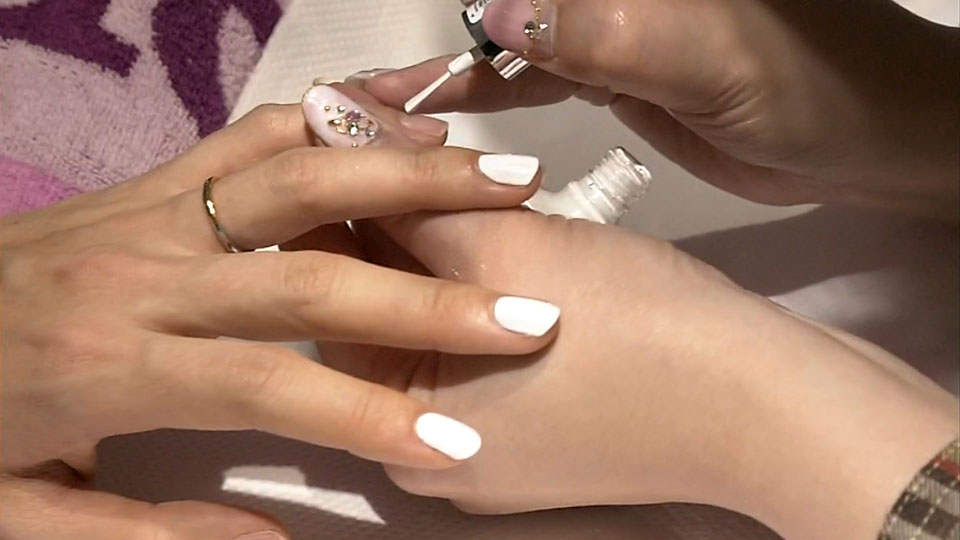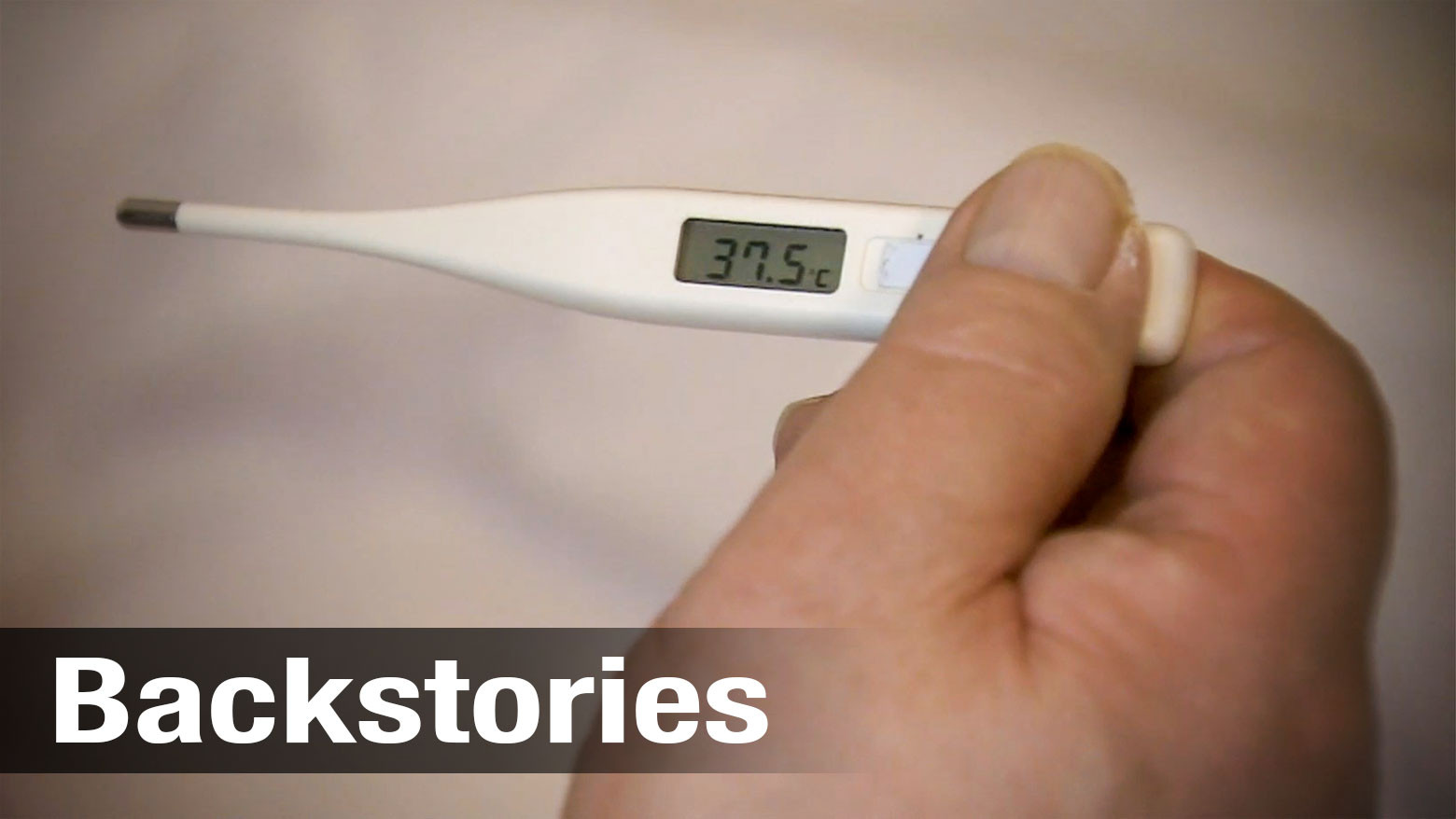An actor in a play running in Tokyo’s Shinjuku district arrived at the theater ahead of a show this month saying he was feeling unwell. But with a temperature below 37.5 degrees and a negative antibody test, he was allowed to perform as usual. The theater was later found to be the epicenter of an infection cluster.
37.5 degrees Celsius standard dropped
The 37.5 degree standard was included in the Health Ministry’s initial set of criteria to help people determine whether to seek medical help. But it was dropped from the list of symptoms in May out of a concern that people would interpret it to mean they could not contact a doctor or public health center if their temperature was below the mark.
The revised criteria has no reference to a specific body temperature, and instead urges people to contact a health center immediately if they show any of the following: difficulty breathing, intense fatigue, high fever. It also states elderly people and those with underlying conditions should seek help even if they display mild symptoms such as fever or coughing.
Standard persists in other settings
In addition to the government criteria, private industry and workplace standards play a crucial role in preventing the spread of the virus. Businesses follow their own guidelines, but NHK has found that some industry standards include irrelevant body temperature thresholds that are likely based on the 37.5 degrees criterion from the original Health Ministry list.
NHK examined guidelines drawn up by 151 industry groups. As of Saturday, 27 of these included specific body temperature thresholds, such as 37.5 degrees.
Tokyo Medical University Professor Hamada Atsuo says while it is easy to understand why these groups have put such standards in place, there is no medical basis for it.
“You could be infected even when your temperature is 37.2 degrees or when you have no fever at all,” he says.

The Japan Nailist Association, an organization that oversees nail salons, dropped specific body temperatures from its guidelines after the government’s May announcement. It now urges people to seek medical assistance “if there are any signs of fever.”
Association board member Hagiwara Naomi says the group will continue to revise and update its guidelines as the situation unfolds.

Professor Hamada says because so much remains unknown about the virus, it is impossible to set numerical standards, such as a body temperature threshold. He wants preventive measures to be established with consideration for as many people as possible.

